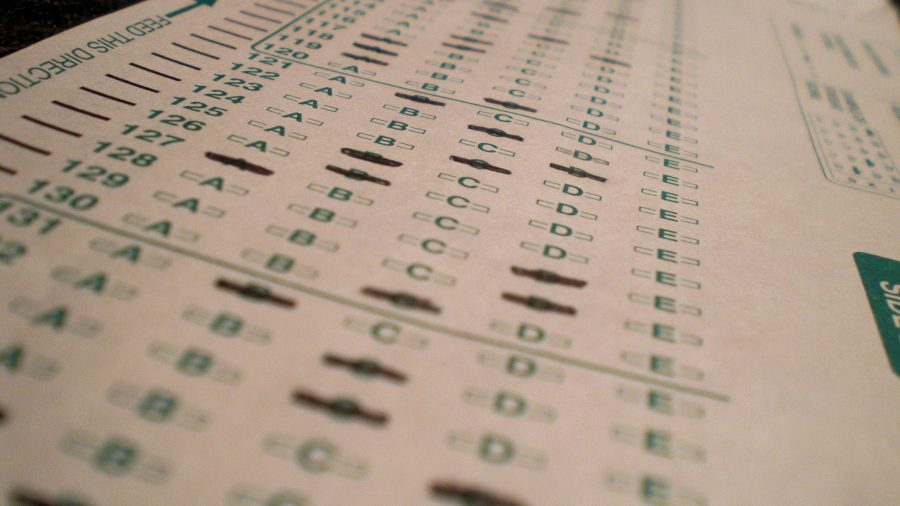Preparing to take the ACT or SAT requires hours of studying and test prep for American students. But the amount of pressure that goes into each ACT or SAT test is nothing compared to what students in South Korea and others parts of Asia undergo as they prepare to take their form of standardized testing – the CSAT. Learn more about the differences between the two tests and how those differences affect the countries’ cultures. Creative Commons image from timlewisnm.
By Gracie Hammond
On November 12, 2015, the stock market in South Korea opened an hour later than usual. Aircraft and flights were grounded by the government. Some parents gathered in local temples and churches, praying for good luck. Over 630,000 students gathered anxiously in rooms in anticipation of the eight hours testing they were about to face.
And no, this is not describing a national crisis or a modern-day Hunger Games. Welcome to the annual Suneung, also known as the South Korean College Scholastic Ability Test.
The College Scholastic Ability Test (CSAT) is South Korea’s equivalent to the SAT or ACT assessments. However, one of the many differences between the two tests is that while the SAT lasts three hours with an extra 50 minutes for the optional essay, the CSAT is eight hours long. Also, the SAT is a more convenient test for students to take as it offers seven different testing date options, compared to the CSAT which only has one annual test date. This means that retaking the CSAT forces students to repeat a whole year of high school since they’d have to wait until the following year when there’s another test date.
An interesting tradition that’s been made around CSAT testing is that students walking into test centers are often greeted by seas of cheering underclassmen clad with welcome posters and anthems to wish them good luck and show moral support. This is just one example of how much emphasis and importance is placed on this test, not only by the individual student, but by the whole community. Additionally, the stress level that comes from the academic expectations that these teenagers experience is so great that according to npr.org, children from the ages of 11 to 15 report the highest amount of stress out of the 30 developed nations. In fact, there have even been recent efforts to decrease the amount of pressure by encouraging other paths of careers due to the popular belief that this test makes or breaks ones future.
Clearly the focus and pressure that South Korean society places on their students during the college admissions process is significantly more than American students experience. While most American students start studying for the placement test during their sophomore or junior year of high school, South Korean students begin as early as elementary school. The combination of intense community support and rigorous preparation are mainly due to how South Korean culture highly values educational achievement.







